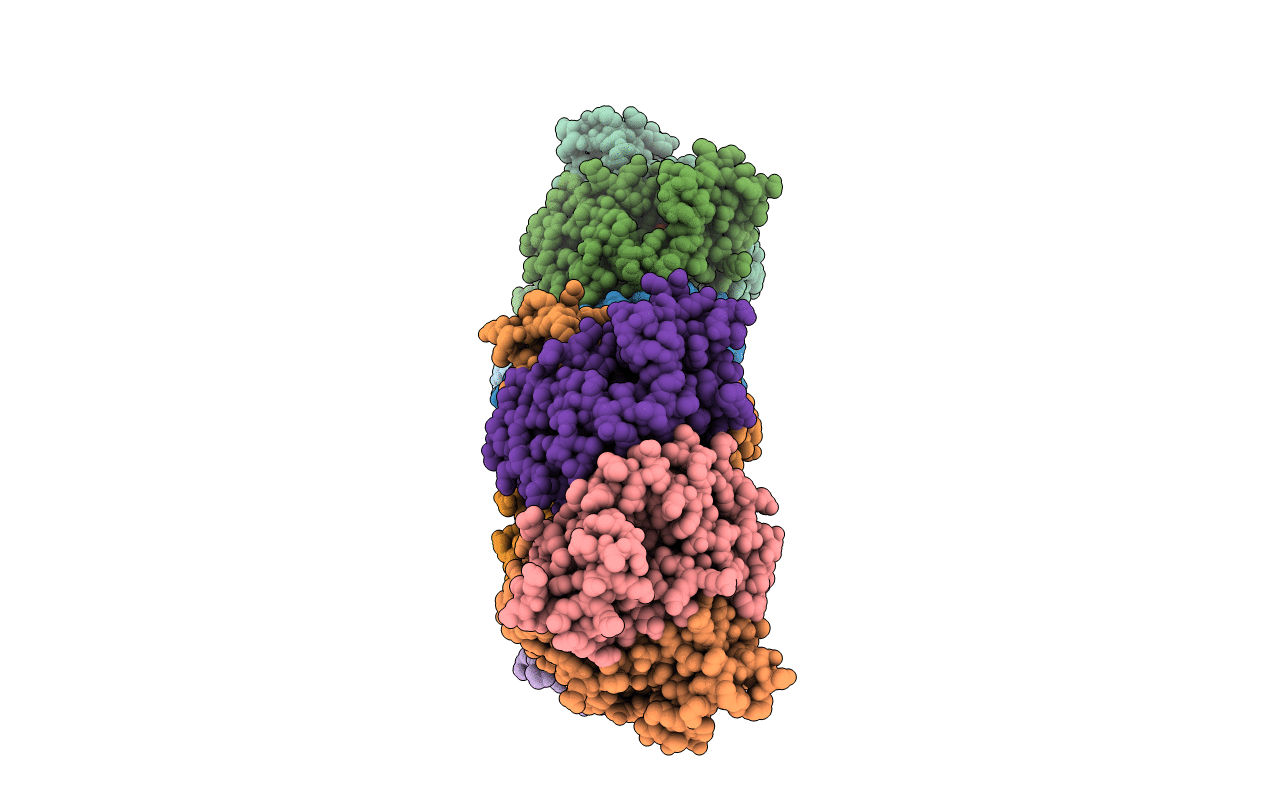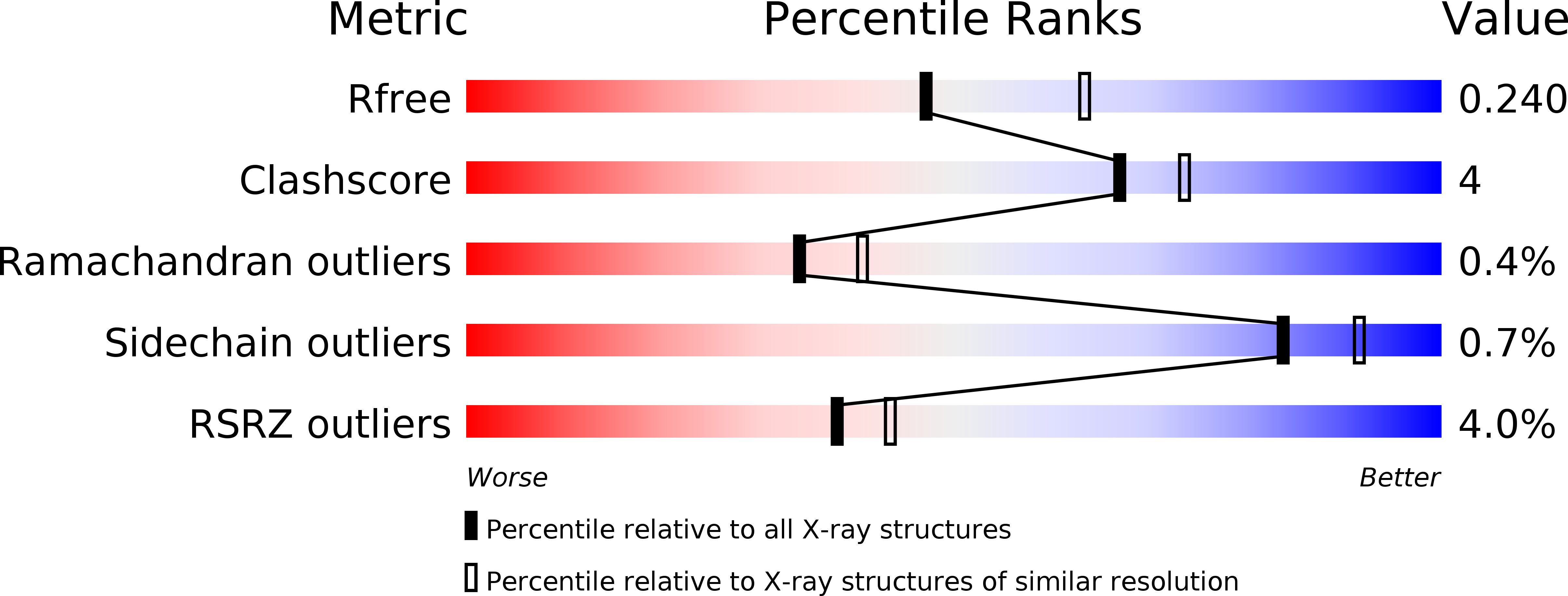
Deposition Date
2019-05-22
Release Date
2020-05-27
Last Version Date
2023-11-22
Entry Detail
PDB ID:
6K40
Keywords:
Title:
Crystal structure of alkyl hydroperoxide reductase from D. radiodurans R1
Biological Source:
Source Organism:
Deinococcus radiodurans R1 (Taxon ID: 243230)
Host Organism:
Method Details:
Experimental Method:
Resolution:
2.27 Å
R-Value Free:
0.23
R-Value Work:
0.20
R-Value Observed:
0.20
Space Group:
P 21 21 21


